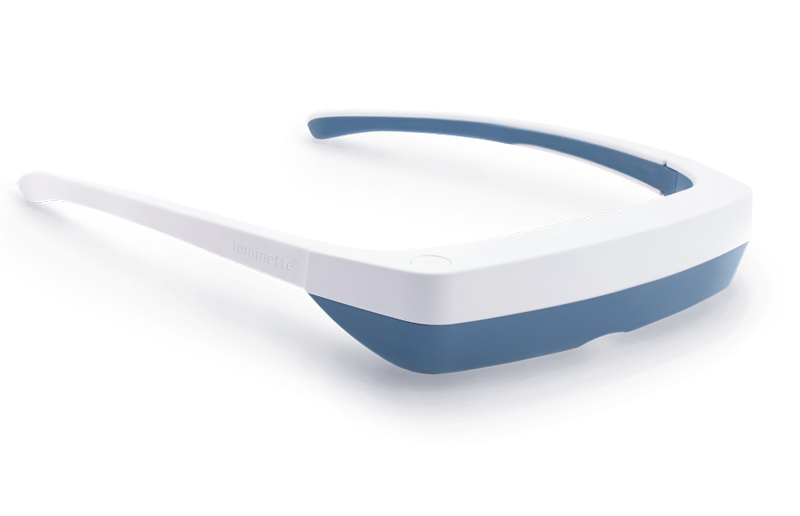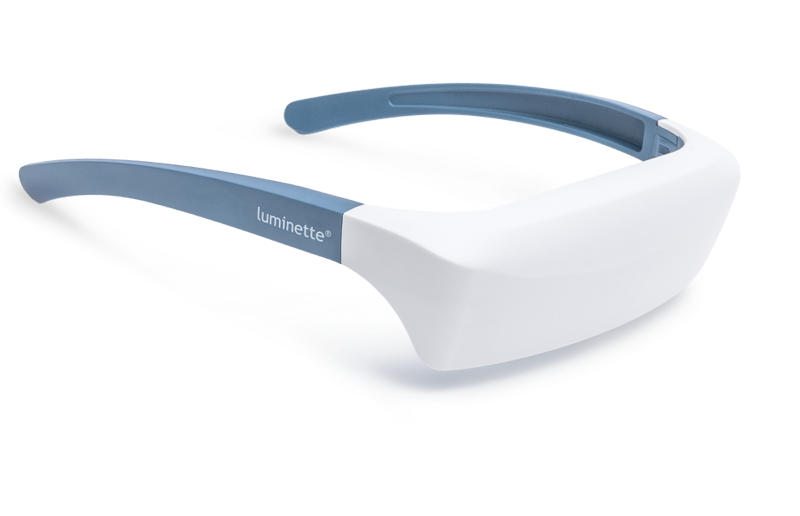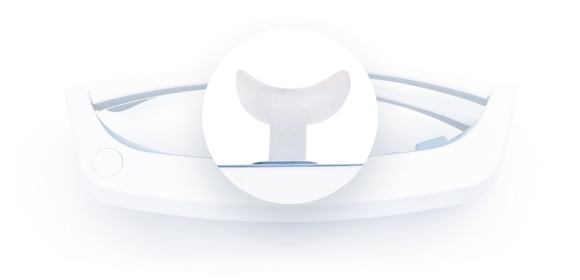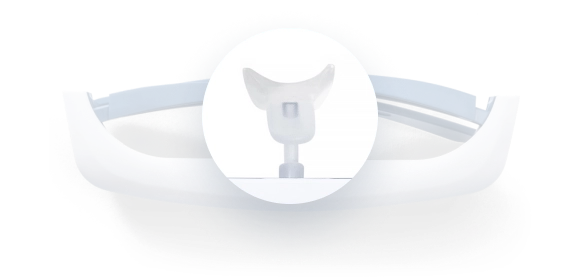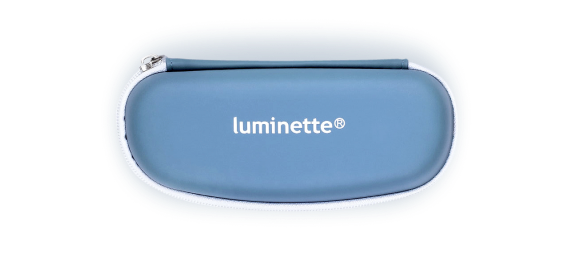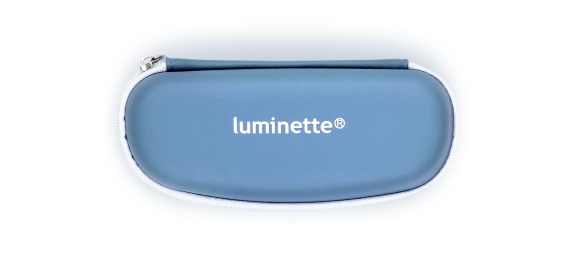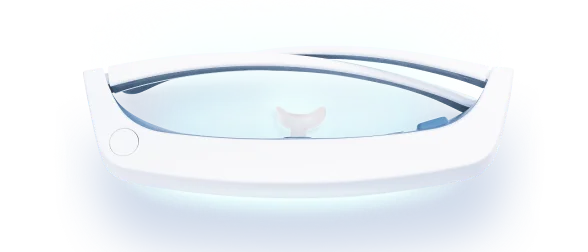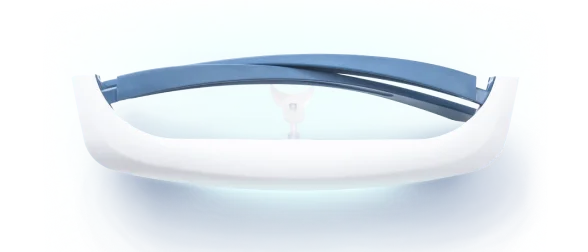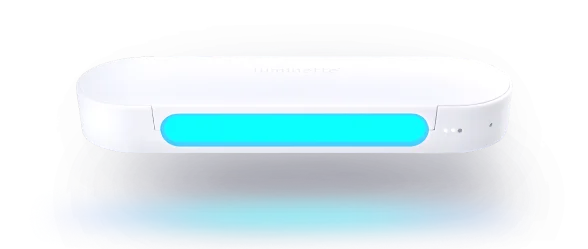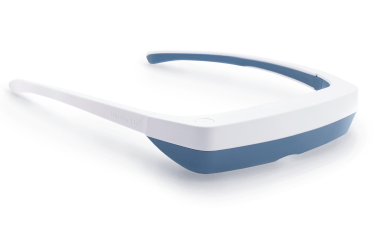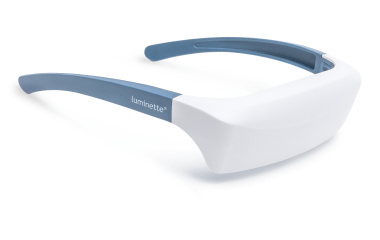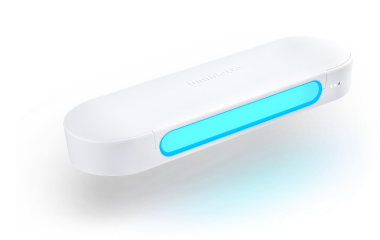Fatigue in women is more common than you might think. For many women, it’s more than just needing a quick nap—it’s a persistent sense of exhaustion that can creep into every part of life.
If you’re trying to balance a busy workday with family life, managing stress, or dealing with health issues, understanding how fatigue impacts women differently is critical to finding solutions.
We’ll explore the common causes of fatigue in women, discuss how light therapy can naturally boost energy levels, and give you practical tips to overcome that constant feeling of exhaustion.
Overview of fatigue
thyroid disordersFatigue is a term used to describe extreme tiredness. It is a state of physical and mental exhaustion that can result from prolonged stress, overexertion, or lack of rest. Fatigue often manifests as a persistent feeling of tiredness or lack of energy, affecting daily activities and overall well-being.
How does fatigue affect women differently?
Women's unique hormonal situation causes them to experience fatigue differently than men. Fatigue in women isn’t just about feeling sluggish—it’s often more complex than that. Hormonal fluctuations, particularly during menopause, pregnancy, and menstrual cycles, can significantly impact energy levels.
Estrogen is a key hormone that affects how your body uses serotonin, a mood-regulating neurotransmitter. Hormonal shifts during your menstrual cycle or menopause often interfere with serotonin signalling, leading to greater feelings of tiredness.
Women are also more likely to experience conditions like iron deficiency or thyroid disorders, both of which are major contributors to sleep disorders and fatigue.
In addition, societal expectations often place women in roles that demand multitasking. Managing work, family, and home life increases stress and leads to chronic exhaustion.
According to studies, mental health challenges, like feelings of deep sadness and mood swings , also disproportionately affect women. Fatigue is a common symptom of these conditions and one of the reasons why women are affected by fatigue differently.
According to the CDC, women are more likely to report feeling fatigued compared to men, possibly due to these overlapping factors.

early menopause symptomsWhat are the signs and symptoms of fatigue in women?
For women, it can present as brain fog, irritability, difficulty concentrating, or a general lack of motivation. Physical symptoms may include muscle aches, headaches, and a weakened immune system.
Fatigue is also one of the classic early menopause symptoms. If you’re constantly dragging through the day despite a full night’s sleep, it’s likely time to address these signs.
What are the common causes of fatigue in women?
Hormonal imbalances
Hormonal shifts during menopause, menstruation, pregnancy, and even PMS can play a major role in fatigue.
Estrogen and progesterone fluctuations affect your mood and energy. During menopause, declining estrogen levels will give you hot flashes and sleep disturbances. It often leaves you feeling constantly drained. You’ll also experience mood swings during this time.
Stress and mental health
Stress, anxiety, and feelings of deep sadness are closely tied to fatigue. When your brain is constantly in overdrive, it drains your physical and mental energy. Mental health conditions, which tend to affect women more frequently than men, can also disrupt sleep and lead to exhaustion. Studies show that stress hormones like cortisol increase, contributing to that “burned-out” feeling.
Poor sleep quality
Lack of quality sleep is a direct cause of fatigue. Many women suffer from sleep problems, often linked to hormonal changes, which disrupt restful sleep cycles.
Poor sleep leads to daytime drowsiness, difficulty concentrating, and mood disturbances.
Nutritional deficiencies
Low levels of iron, B12, or Vitamin D are common culprits behind fatigue. Anaemia, especially common in women due to menstruation, leads to low energy levels. Not getting enough vitamins or nutrients through diet can leave you feeling sluggish.
Chronic health conditions
Conditions like hypothyroidism, diabetes, and autoimmune disorders can sap your energy. Women are more prone to certain chronic health conditions that may go undiagnosed for years, contributing to unexplained fatigue.

Lifestyle factors
Busy schedules, lack of exercise, poor diet, and over-commitment can lead to long-term exhaustion. Many women are juggling multiple responsibilities, which can lead to burnout and increased fatigue over time.
Understanding the root cause of fatigue is essential to managing it effectively, from lifestyle changes to medical interventions.
How to diagnose and assess fatigue in women
Medical evaluation and tests
The first step in diagnosing fatigue is consulting your doctor for a comprehensive medical evaluation. They may start with blood tests to check for nutritional deficiencies, such as low iron, B12, or Vitamin D, which can lead to tiredness.
Your physician will also assess your hormone levels, especially if you’re approaching menopause or experiencing irregular periods. You might also need to get a thyroid function test to see if you have an underactive or overactive thyroid.
Identifying underlying health issues
If lab tests don’t reveal any deficiencies, your doctor may consider other underlying conditions. Autoimmune disorders, sleep problems, and diabetes are often silent contributors to fatigue.
They may also explore mental health issues such as anxiety or deep sadness, both of which can drain your energy levels. Sharing your full medical history is important, as some conditions can also contribute to ongoing fatigue.
When to seek professional help?
You should seek medical advice if your fatigue persists for more than a few weeks despite lifestyle adjustments or if other symptoms, such as unexplained weight loss, severe headaches, or mood swings, accompany it.
If you’re through early menopause symptoms or struggling with menopause mood swings, you may also benefit from professional support.
How can light therapy boost energy levels?
Light therapy boosts energy levels by utilising specific wavelengths of light to enhance mood and energy levels. It helps regulate the body’s internal clock, which improves sleep quality and increases alertness during the day. Bright light therapy has gained popularity as a natural and effective way to combat fatigue, particularly for winter blues or hormonal-related energy dips.
What is light therapy?
Light therapy involves exposing yourself to bright artificial light that mimics natural sunlight. It's particularly useful for women experiencing fatigue during the darker months or when dealing with disrupted biological rhythms.
How light therapy works to combat fatigue
Light therapy helps regulate your internal clock. It impacts the production of melatonin (a sleep hormone) and serotonin (a mood-regulating neurotransmitter).
Studies show that consistent use of light therapy reduces the effects of chronic fatigue and the winter blues as well.
What are the benefits of light therapy for women?
Light therapy can help you reduce mood swings if you’re experiencing fatigue due to menopause or other hormonal shifts. Light therapy for menopause can help restore energy, alleviate mood disturbances, and improve sleep patterns.
It’s a drug-free method to combat menopause symptoms like poor concentration and tiredness. Light therapy has also been beneficial for women dealing with PMS or pregnancy-related fatigue, providing a natural way to boost energy.
Different types of light therapy devices
Lightboxes: These are desktop devices that provide 10,000 lux of light, ideal for use at home or in the office. They are commonly used for managing fatigue and mood swings, especially during menopause. However, they are not portable and handy.
Wearable gadgets: The Luminette 3 Light Therapy Glasses is a portable option that allows for flexibility and convenience. You can wear the Luminette device while performing your daily activities, making integrating light therapy into your routine easier without disrupting your day.
Also read: Blue Light Therapy Benefits for Mood and Health.

How to use light therapy effectively
The easiest way to integrate light therapy into your routine is with a portable device like the Luminette 3 Light Therapy Glasses. Light therapy should be done for about 20-30 minutes first thing in the morning. Wear the device while performing daily tasks like reading, eating breakfast, or checking emails.
Consistency is key, so use it daily to regulate your body’s natural rhythms, boost energy, and manage mood swings—especially during hormonal shifts.
If you experience early menopause symptoms like fatigue or poor sleep, regular use of the Luminette 3 Light Therapy Glasses can make a noticeable difference.
Additional strategies to overcome fatigue
Improving sleep hygiene
Good sleep hygiene is crucial for overcoming fatigue. Try maintaining a consistent sleep schedule, even on weekends. Avoid mobile or television screens before bed, and create a calming bedtime routine.
Utilising stress management techniques
Chronic stress is a major contributor to fatigue. Techniques like mindfulness, yoga, or deep breathing exercises can significantly reduce stress levels, improving both mental clarity and energy.
Integrating good diet and nutrition for energy boost
Fueling your body properly is key. A balanced diet rich in iron, vitamins, and proteins helps sustain energy levels throughout the day. Consider adding menopause vitamins like B6 to support energy production, especially if you’re navigating hormonal changes.
Engaging in exercise and physical activity
Regular physical activity and exercise, even a brisk walk, can combat fatigue by boosting circulation and mood-enhancing endorphins . Exercise is particularly helpful for women experiencing menopause mood swings, as it promotes mental and physical well-being.
Creating a balanced routine
Over-committing can quickly lead to burnout. Learning to say no and creating a balanced routine that includes downtime is essential for maintaining energy levels. Creating boundaries for work, family, and personal time allows you to recharge and prevents exhaustion from overwhelming your life.
Luminette 3 light therapy glasses are innovative eyeglasses designed to allow you to enjoy a light therapy session while engaging in your regular activities. Unlike traditional therapy lamps, Luminette 3 eyeglasses feature an artificial light source that directs a safe light beam into your eyes without causing any dazzling effect or obstructing your clear vision.
To use them, simply wear the eyeglasses and press a button to activate the light, and your phototherapy session begins. These glasses are user-friendly and compatible with those who wear prescription glasses or contact lenses, ensuring no disruption to vision or comfort.
With the convenience of Luminette 3, there is no longer a need to sit beside a stationary light therapy lamp for 30 minutes each day. The freedom to move around means you can prepare breakfast, dive into a captivating book, catch up on your favorite TV shows, work on your computer tasks, or even engage in light exercises, all while receiving your therapeutic light exposure. Whether you're at home or on the go, Luminette 3 offers a flexible and efficient solution to incorporate light therapy into your daily life.
Takeaway: Boost your energy levels with Luminette 3
Fatigue in women is often linked to hormonal imbalances, stress, and lifestyle factors, but solutions like light therapy and healthy habits can make a world of difference.
Natural remedies for menopause mood swings combined with light therapy can help you boost energy and combat chronic fatigue syndrome.
If you’re struggling with low energy or mood swings, especially during menopause, the Luminette 3 could be the boost you need. Order today to experience the difference!
FAQ
What are the most common causes of fatigue in women?
Some of the most common causes of fatigue in women include hormonal imbalance, lack of sleep, nutritional deficiency and stress.
How can light therapy help reduce fatigue in women?
Light therapy can help boost energy levels during hormonal fluctuations in conditions like menopause, pregnancy and PMS. It helps you regulate your internal clock so you get restful sleep and feel refreshed.
Can diet and nutrition improve energy levels in women?
A good diet and proper nutrition prepare your body to handle stress better. With balanced nutrition, you’ll feel less tired and more focused.
What types of light therapy devices are best for boosting energy?
Portable light devices like the Luminette 3 that emits blue-enriched white light at about 468nm wavelength are best for boosting your energy.
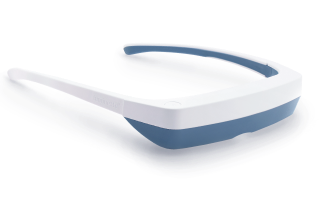
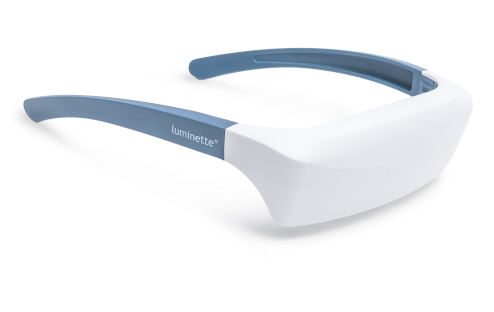
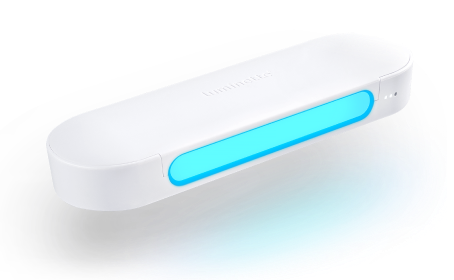
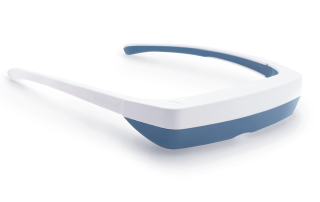
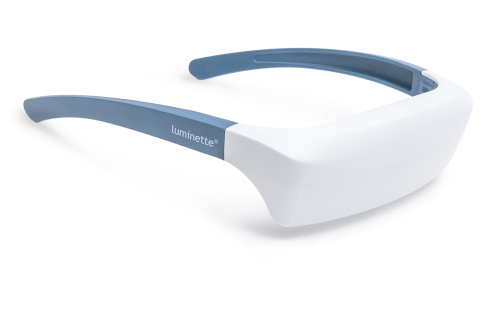
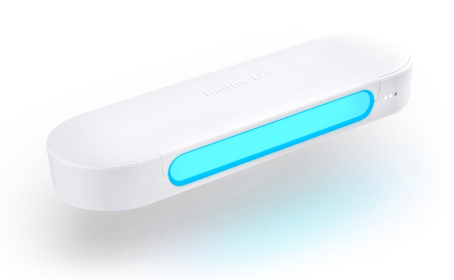
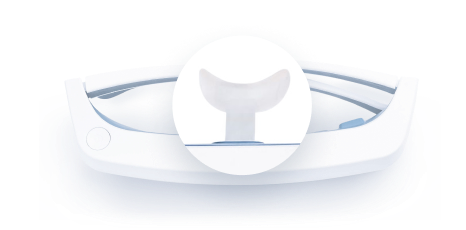
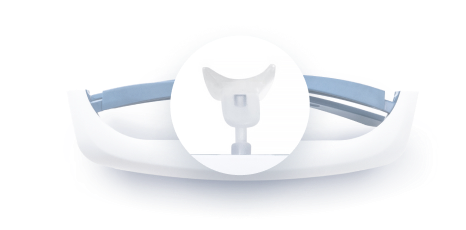
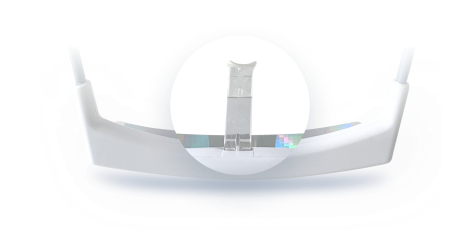
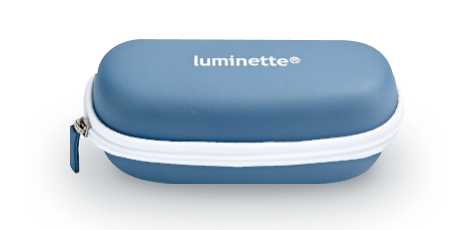
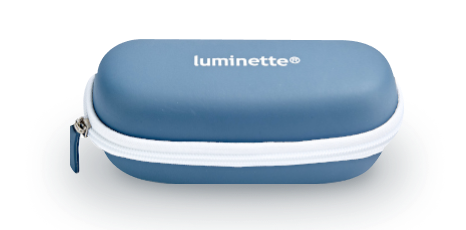





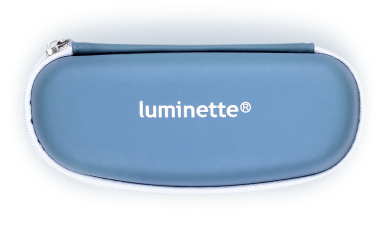
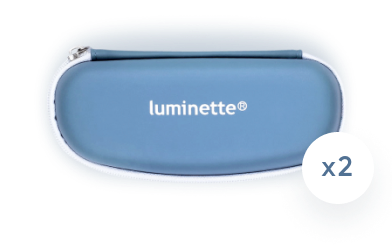
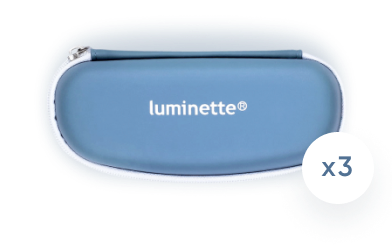
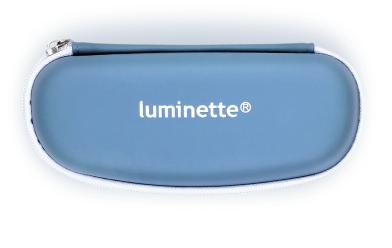
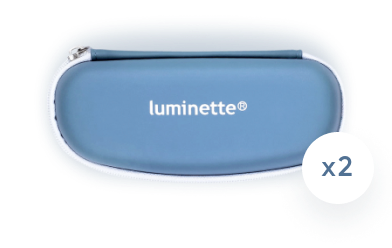
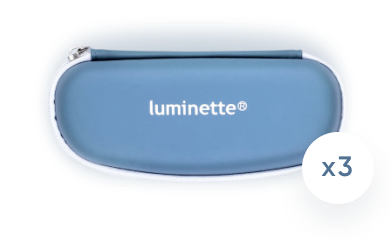
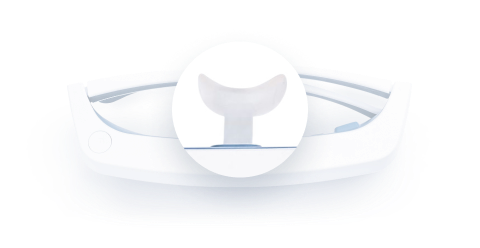
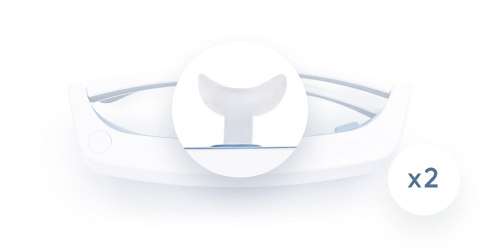
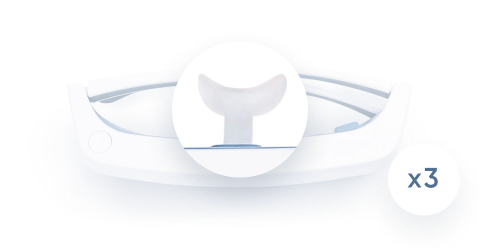
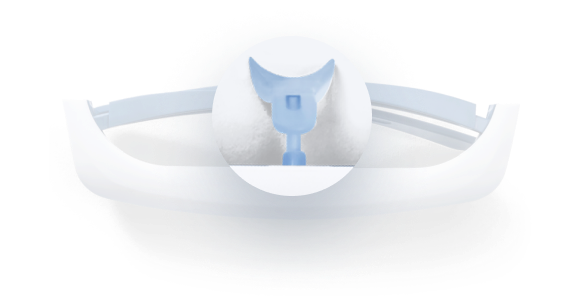
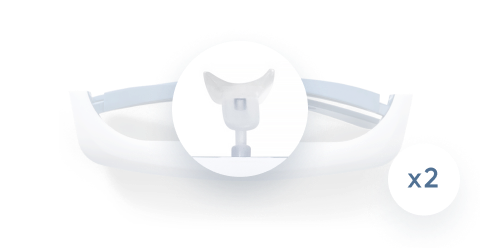
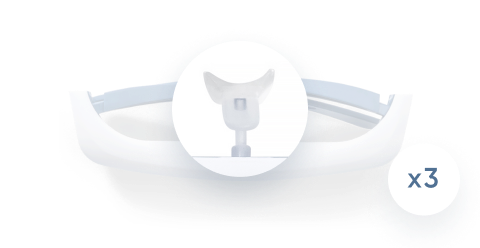
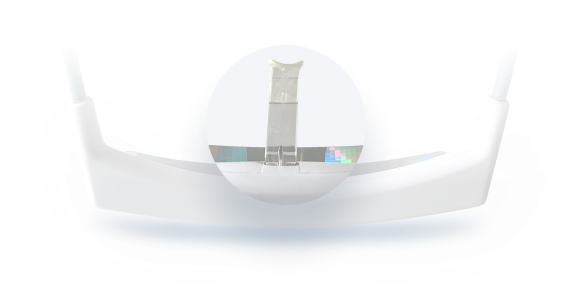
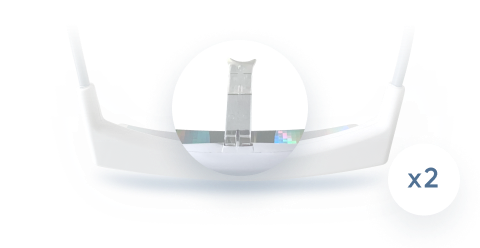
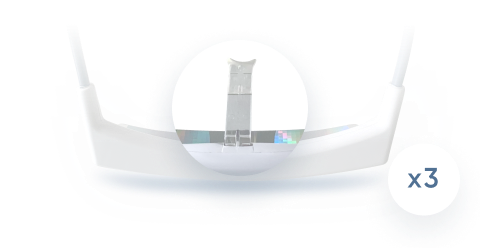
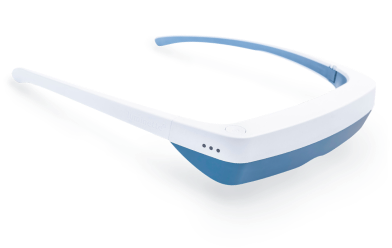
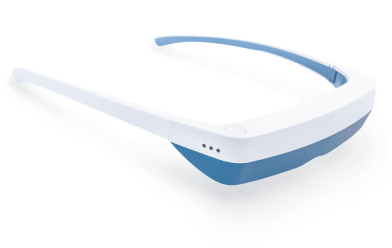
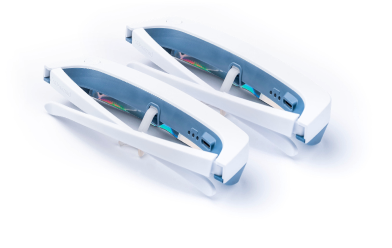
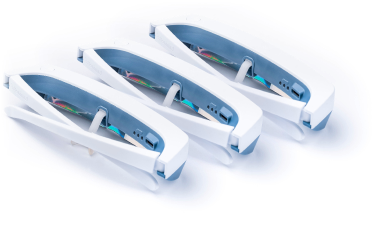

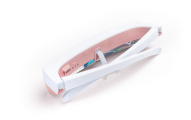
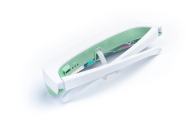
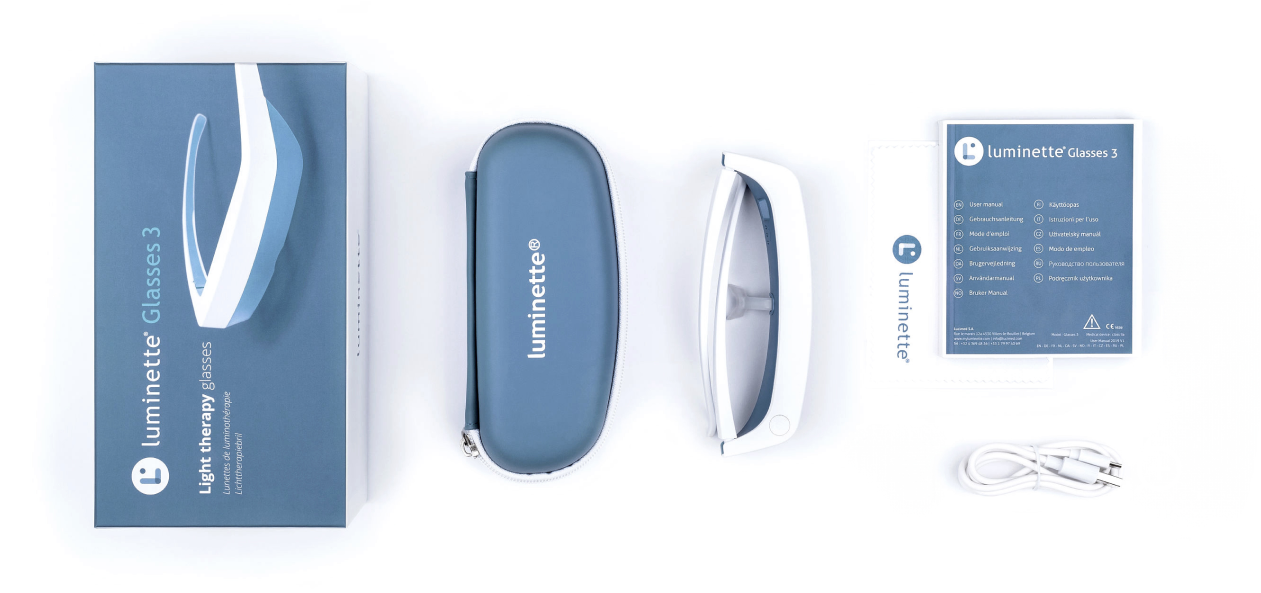
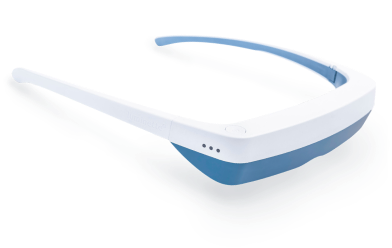


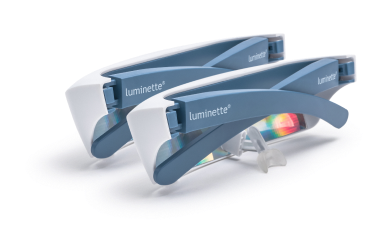
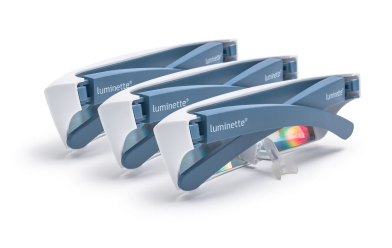
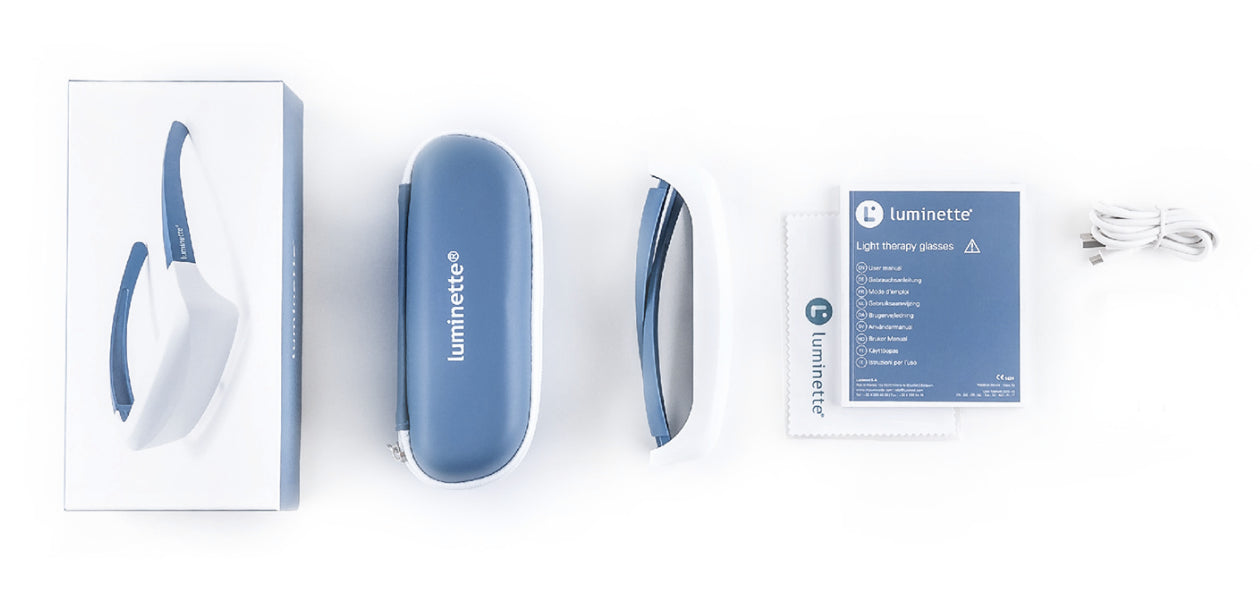
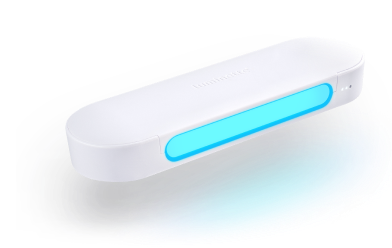
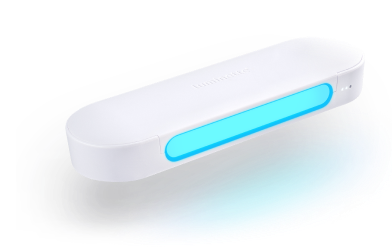
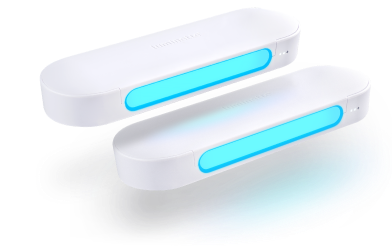
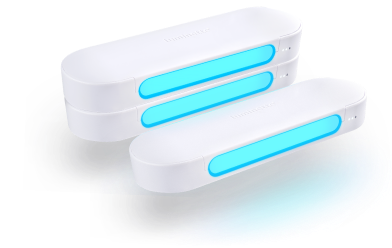
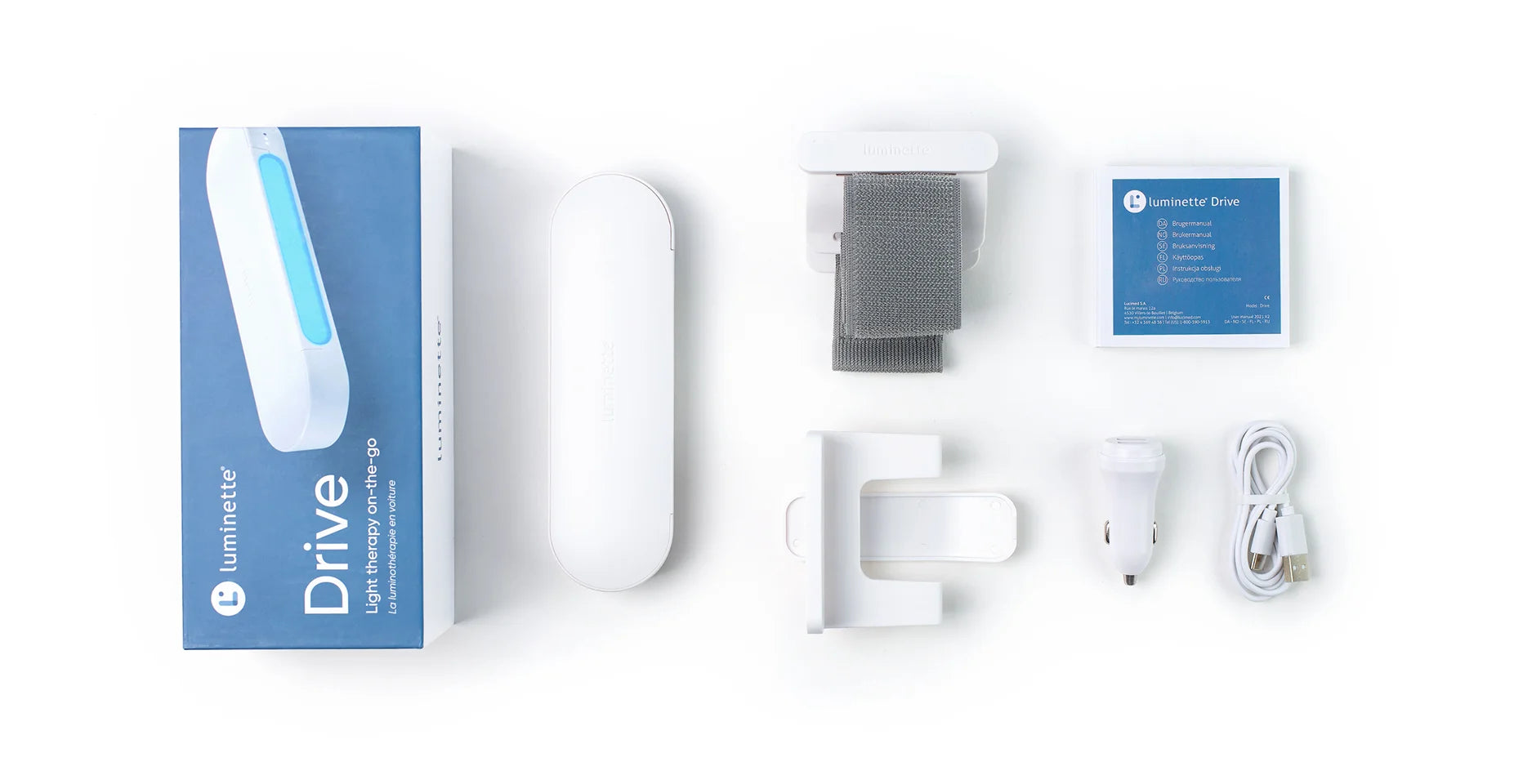

 Please note
Please note


